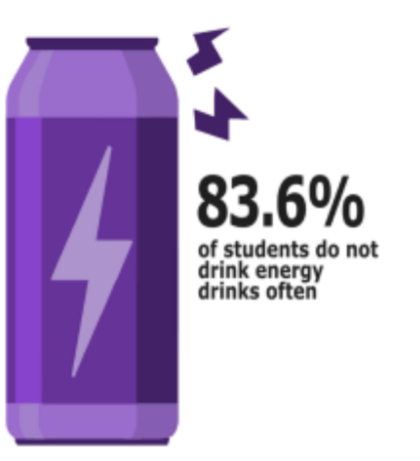How much can curriculum vary?
Changes between semesters impact learning
UNSPLASH PHOTO COURTESY OF Element5 Digitial
Some students feel as the semester changes the curriculum teachers use also change causing students to be upset about the unfairness of the workload. https://unsplash.com/license
May 20, 2022
With only half the school attending a subject at a time, CHS students are bound to compare notes and homework with their friends once entering the second semester of classes; however, some students have begun to catch onto the fact that their assignments are not always identical to their friends’ of opposite semesters.
CHS schedule formatting opens up opportunities to teachers and students alike, such as longer periods that allow for more in-depth learning experiences that help students realize their potential in the real world.
However, some students find this scheduling format unfair, since changes in the curriculum can lead to discrepancies in learning experiences.
According to the MCVSD Curriculum Guides in section 2230, “Each curriculum guide will contain as appropriate to the course of study content standards, objectives, concepts, and skills to be taught… The curriculum guides will be the basic instructional tool for each course of study.”
This policy creates freedom for teachers to fulfill their curriculum requirements, meaning as long as teachers finish the base level teachings, they can plan the rest accordingly.
Within these open boundaries, many teachers find ways to make improvements and changes to their pedagogy.
“How and what is taught sometimes differs based upon the needs or wishes of the students,” said history teacher Bill Clark. “For U.S. I, some classes love to debate and argue politics… other classes have more social interests.”
Clark added that, though his curriculum remains the same, he accommodates the needs and learning techniques of the students he holds in his class.
“I try hard to keep the subject present and relevant,” Clark said. “Thus, student engagement is kept and hopefully enjoyed.”
On the contrary, some teachers, like those in the math department, don’t have the privilege of introducing variety into their teaching methods.
“Math doesn’t change much. Geometry is a very old topic,” said Geometry and Algebra II teacher Scott Stengele. “We do update applications and we have, obviously, used technology to our advantage, but otherwise, a lot can stay the same from year to year.”
On the contrary, some students don’t fully believe that changes within the curriculum per semester are beneficial. They can create inequalities in the difficulty or labor of assignments, especially when it comes to colleges looking at grade point averages.
“I feel like there is potential for there to be an unfair advantage to one semester versus the other,” said sophomore Justin Longo of Middletown. “If the assignments are easier or the students are more used to that material, it might give them an upper hand.”
Ultimately, as long as the changes teachers make to the curriculum truly benefit the students, there shouldn’t be an issue with making minor conversions to teaching plans. Teachers are constantly learning and improving alongside their students, which is what makes CHS so interactive and involved. Improving the curriculum shows how committed teachers are to making their students’ schooling as comprehensive as possible.
“That’s just the nature of teaching. I look at teaching as research,” said English teacher Anne Kelterborn. “I am always making sure I am hitting the same set of standards, but I don’t think you want a teacher who is doing the same thing she was doing twenty years ago.”















